Home Curb Appeal
Regular Pruning – Unlocking a Greener Paradise
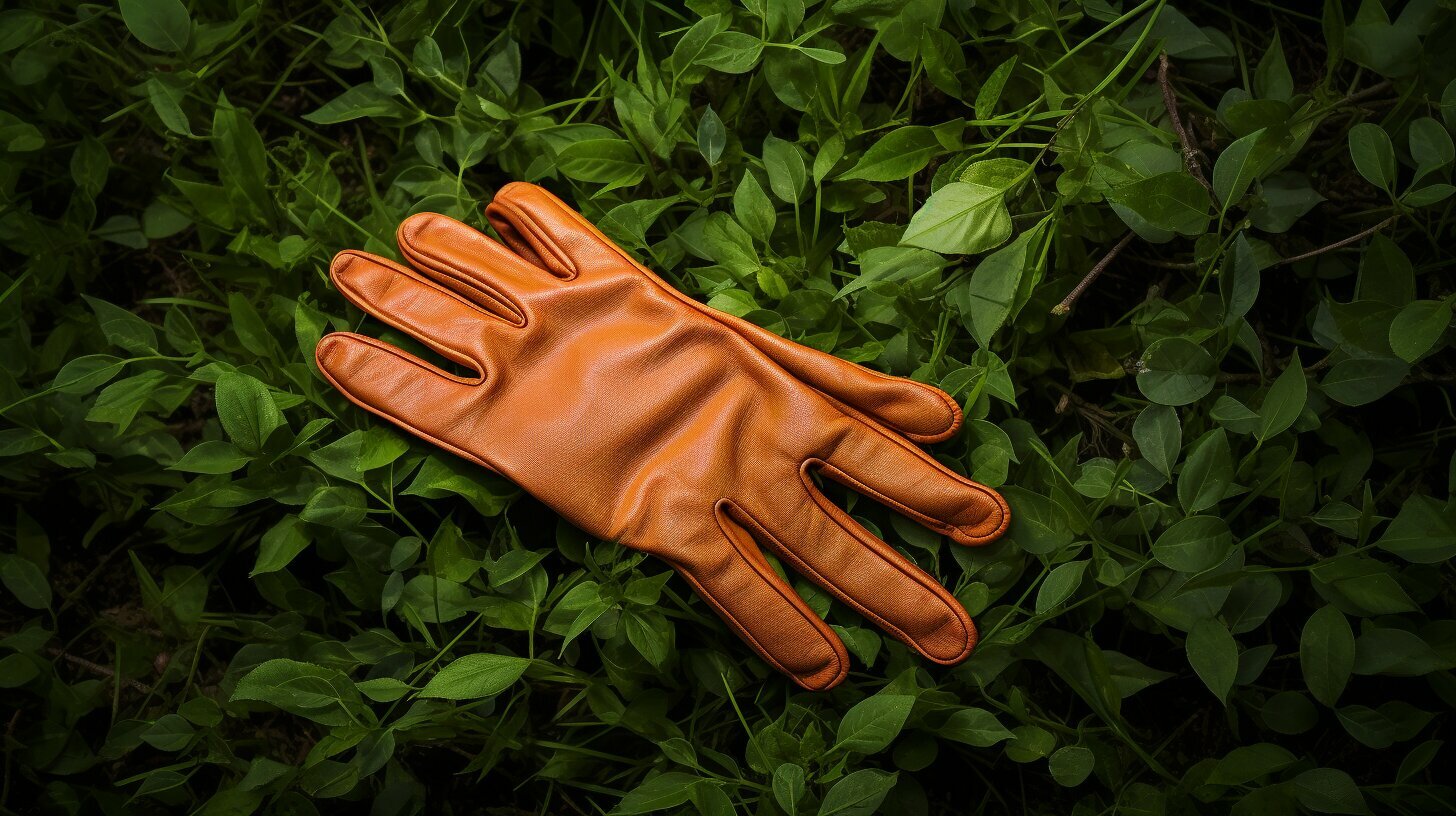
Creating and maintaining a lush, vibrant garden is a goal of every homeowner. However, achieving it requires meticulous attention to detail and regular landscaping maintenance. One of the essential practices that promote healthy growth and vibrant foliage in your garden is regular pruning. Pruning is not only about keeping your garden looking neat and tidy, but it also has several benefits that positively affect the health of your plants and the overall aesthetics of your landscape.
Key Takeaways
- Regular pruning is a crucial practice for maintaining a healthy and thriving garden.
- Pruning promotes healthy growth, enhances plant aesthetics, and prevents diseases and pest infestations.
- Seeking professional assistance for proper pruning techniques and tools can ensure successful landscaping maintenance.
The Art of Pruning for Landscaping Maintenance
Pruning is an essential aspect of maintaining a healthy and beautiful landscape. It involves selectively removing parts of a plant, such as branches and buds, to improve its structure, shape, and growth. Proper pruning techniques can also prevent disease, promote fruit and flower production, and enhance the overall aesthetic of your garden.
The art of pruning requires both skill and knowledge. It is important to understand the growth patterns and needs of different plants and trees so that you can make precise cuts that do not harm the plant. Tools such as hand pruners, loppers, and pruning saws are also crucial for achieving clean and accurate cuts.
Did you know? Pruning should be done during the plant’s dormant season, which is typically in late fall or early winter. This helps minimize stress on the plant and allows it to heal more quickly.
| Benefits of Proper Pruning Techniques |
|---|
| Promotes new growth and increases fruit and flower production |
| Enhances plant structure and overall shape |
| Prevents disease and pest infestations |
| Improves air circulation and sunlight exposure |
Proper pruning techniques also play a vital role in maintaining the overall aesthetic of your landscape. Pruning can help create a well-manicured look, highlight a plant’s unique features, and improve the symmetry and balance of your garden.
Common Pruning Techniques
There are several pruning techniques that are commonly used in landscaping maintenance:
- Thinning: Involves selectively removing branches to improve air circulation and sunlight exposure.
- Heading: Involves removing the tips of branches to stimulate new growth.
- Renewal: Involves removing old or damaged wood to encourage new growth.
- Deadheading: Involves removing spent flowers to promote new blooms.
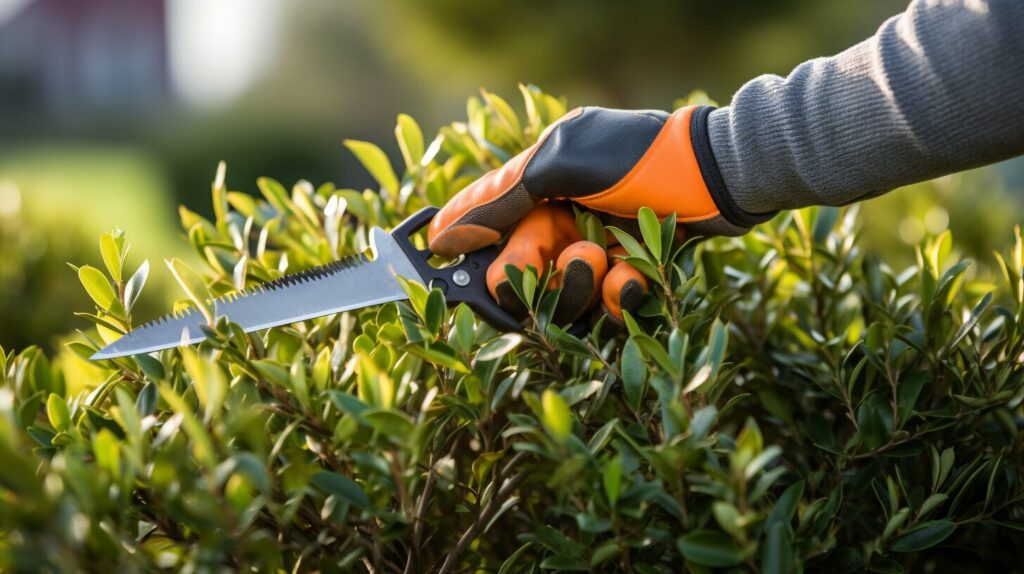
Proper pruning not only improves the appearance of your landscape but also promotes the health and longevity of your plants. However, it can be a time-consuming and challenging task, especially for larger plants and trees. This is where professional landscaping maintenance services can come in handy.
Landscaping Maintenance Services for Pruning
When it comes to pruning, relying on professional landscaping maintenance services can be a game-changer for the health and beauty of your garden. Experienced landscapers have the expertise to assess the unique needs of each plant and tree and determine the best pruning techniques for optimal growth and aesthetic appeal.
Using specialized tools, they can carefully remove dead and overgrown branches, shaping the plant to promote new growth and improve overall health. Professional landscapers can also identify and remove diseased or pest-infested branches, preventing the spread of these issues to other areas of the garden.
With their knowledge and skills, landscaping professionals can efficiently and effectively prune your landscape, saving you time and the risk of damaging your plants. By investing in professional pruning services, you can achieve a garden that is not only healthier and more vibrant but also more visually appealing.
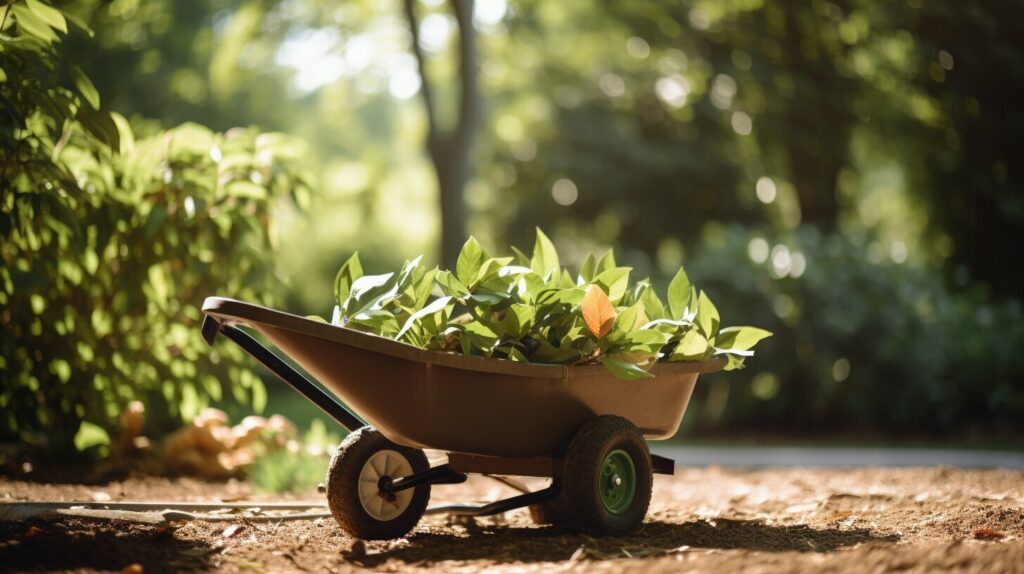
Benefits of Regular Pruning in Landscaping Maintenance
Regular pruning is a key component of maintaining a healthy and vibrant landscape. Here are some of the many benefits:
- Improved Plant Health: Pruning removes dead or damaged branches, allowing the plant to allocate its resources more effectively. This promotes healthy growth and prevents the spread of disease.
- Increased Flower and Fruit Production: By removing excess growth and encouraging new shoots, pruning can increase the number and quality of flowers and fruit produced by a plant.
- Enhanced Shape and Structure: Pruning can help shape a plant into a pleasing form and improve its overall structure. This can make it more visually appealing and better suited for its environment.
- Prevention of Disease and Pest Infestations: Removing dead or diseased branches can prevent the spread of disease and deter pests from taking up residence in your landscape.
Regular pruning can also help to prevent hazards such as falling branches that could cause property damage or injury. By investing in regular pruning, you can ensure that your landscape remains healthy and beautiful for years to come.
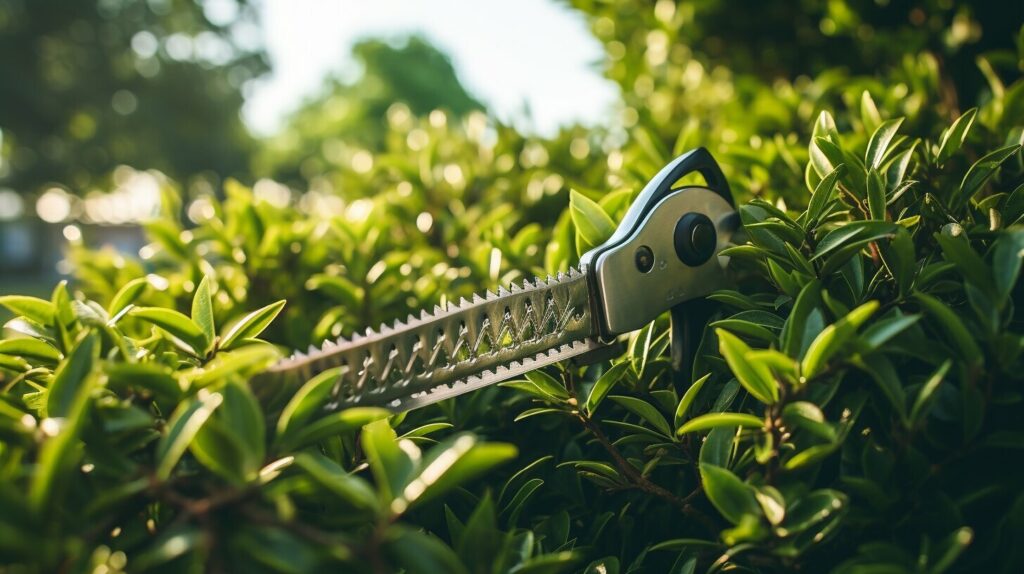
“Pruning is one of the best things you can do for your landscape. It promotes healthy growth, enhances the plant’s natural shape and structure, and helps prevent disease and pests.”
Mulching Techniques for Landscaping Maintenance
Mulching is an effective and efficient way to maintain a thriving landscape. By covering the soil around plants with organic matter, such as wood chips or leaves, you can reap numerous benefits.
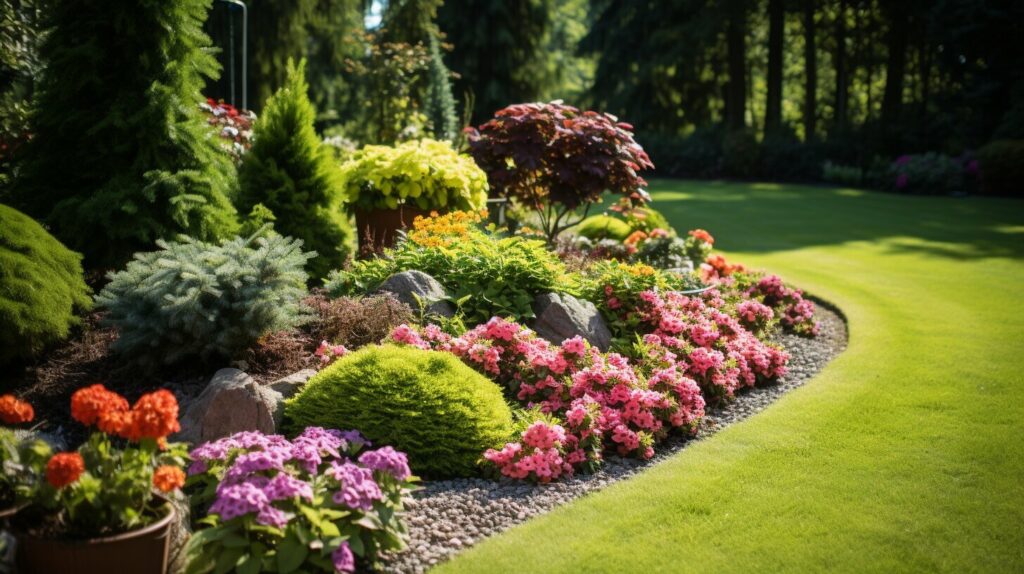
One important benefit of mulching is water retention. By reducing evaporation, mulch helps keep the soil moist, thereby reducing the need for frequent watering. Mulch also regulates soil temperature, keeping soil cool in summer and warm in winter.
In addition, mulching helps suppress weed growth and enhance soil fertility. By blocking sunlight to the soil, mulch prevents weed seeds from germinating, which reduces the need for weed removal. Mulch also decomposes over time, adding valuable nutrients to the soil.
When it comes to choosing the right mulch, there are several options available. Organic mulches, such as wood chips, straw, or leaves, are effective and environmentally friendly. Inorganic mulches, such as rocks or landscape fabric, are long-lasting but don’t provide the same soil-enriching benefits as organic mulch.
To apply mulch, spread a layer of the material around the base of plants, but be sure not to cover the stems or trunks, as this can lead to rot or disease. Aim for a layer of about two to three inches thick.
Overall, mulching is an essential landscaping maintenance practice that can have a significant impact on the health and aesthetics of your outdoor space.
Landscaping Maintenance Services for Mulching
If you’re in need of professional assistance with mulching, there are many landscaping maintenance services that can help. These professionals have the expertise to choose the appropriate type of mulch for your landscape and apply it correctly for maximum benefits.
One advantage of hiring professionals for your mulching needs is that they can assess the specific requirements of your plants and trees. Different species have varying needs for moisture, nutrients, and protection from pests and diseases. A landscaping maintenance service can determine the most appropriate mulch for each plant, ensuring that they receive the necessary support to thrive.
Another advantage of hiring professionals is the efficiency and effectiveness they bring to the job. Applying mulch can be a time-consuming and laborious process, especially for larger landscapes. Professional landscapers have the equipment and experience to get the job done quickly and thoroughly, saving you time and effort in the long run.
Overall, mulching is an essential aspect of landscaping maintenance that should not be overlooked. Whether you choose to tackle the job yourself or hire a professional service, mulching can greatly enhance the health and appearance of your landscape. Consider contacting a landscaping maintenance service today to learn more about their mulching services.
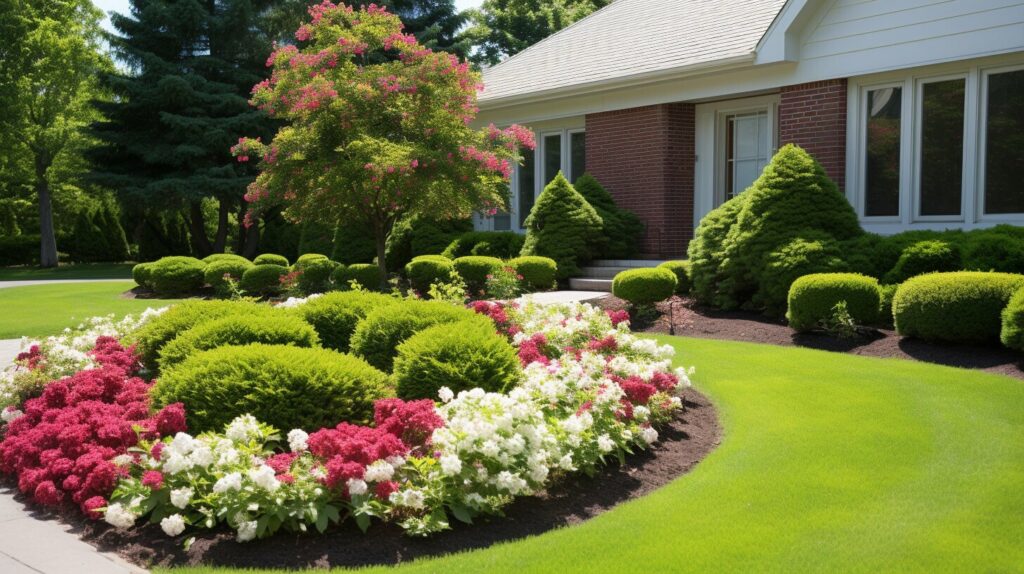
Maximizing Landscaping Maintenance with Pruning and Mulching
The combination of regular pruning and mulching can transform your garden into a lush paradise. By pruning regularly, you will be able to maintain the shape and structure of your plants, allow for better air circulation, and promote healthy growth.
Proper pruning also helps to prevent disease and pest infestations, which can be detrimental to the health of your plants. To achieve the best results, it’s important to use the right tools and techniques and to prune at the appropriate times of the year.
When you pair regular pruning with mulching, you set your landscape up for success. Mulching helps to retain moisture in the soil and regulate soil temperature while also suppressing weed growth and improving soil fertility. This means less maintenance and healthier growth for your plants.
| Benefits of Pruning and Mulching | Examples |
|---|---|
| Improved plant health | Annuals and perennials thriving with healthy foliage and blooms |
| Increased flower and fruit production | A fruit tree with a bountiful harvest |
| Enhanced shape and structure | A hedge with a clean and uniform appearance |
| Prevention of disease and pest infestations | A vegetable garden free of aphids and other pests |
Together, pruning and mulching can work wonders for your landscape. Imagine a garden with flourishing plants, both in health and aesthetics. With these two techniques combined, you can achieve just that.
Take a look at the image below to see the visual difference that pruning and mulching can make:
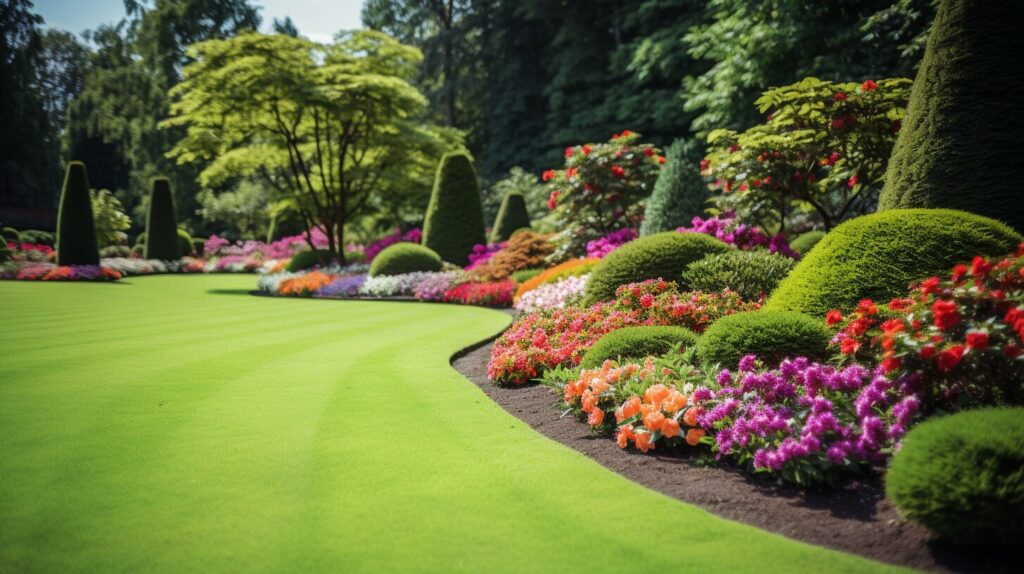
As you can see, the garden on the left has overgrown and unhealthy plants, while the garden on the right is thriving and well-maintained. By implementing regular pruning and mulching techniques, you can achieve similar results in your own landscape.
The Art of Pruning and Mulching for Landscaping Maintenance
Regular pruning and mulching are essential for maintaining a lush and healthy landscape. If you’re interested in taking care of your yard on your own, here are some DIY tips:
Pruning Tips
1. Use sharp and clean pruning shears to make clean cuts.
2. Remove any dead, diseased, or broken branches first.
3. Cut back about a third of the growth on overgrown plants to encourage new growth and maintain the plant’s shape.
4. Make angled cuts above a bud facing outward to ensure healthy growth.
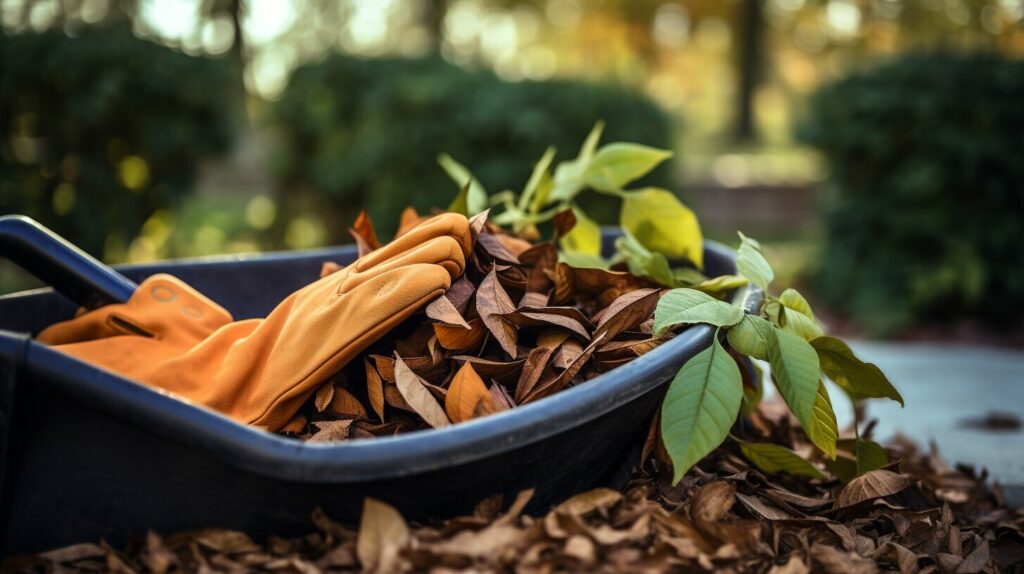
Note: For more complicated pruning tasks or for ensuring the optimal growth of your plants, it’s always best to enlist the help of a professional.
Mulching Tips
1. Choose the appropriate type of mulch for your landscape’s needs, such as organic mulch for plant health or inorganic mulch for weed suppression.
2. Apply a 2-3 inch layer of mulch evenly around the base of plants, trees, and shrubs.
3. Leave a gap of 1-2 inches between the mulch and the base of the plant to avoid rot or disease.
4. Reapply mulch as necessary to maintain the desired depth and benefits.
By following these DIY tips, you can maintain your landscape’s health and beauty. Remember, regular pruning and mulching are vital for achieving a thriving outdoor space.
Conclusion – Achieving a Lush Landscape with Regular Pruning and Mulching
Congratulations! By understanding the importance of regular pruning and mulching in landscaping maintenance, you are well on your way to achieving a beautiful and thriving garden. Remember that pruning is an ongoing process that requires attention to detail and proper technique. The art of pruning allows you to shape the growth of your plants, promote healthy foliage, and prevent disease and pest infestations.
Mulching is also essential for maintaining a healthy landscape. By applying mulch, you can retain moisture, regulate soil temperature, suppress weed growth, and improve soil fertility. Choose the right type of mulch for your plants and apply it properly to maximize its benefits.
For complex pruning tasks or for selecting and applying mulch, it’s always best to seek professional assistance from landscaping maintenance services. The expertise of professionals can ensure that your pruning and mulching efforts are efficient and effective.
Remember, the benefits of regular pruning and mulching are numerous. By investing in the health and aesthetics of your landscape, you can increase flower and fruit production, enhance shape and structure, and create a harmonious and thriving garden. So take the first step and prioritize regular pruning and mulching in your landscaping maintenance routine. Your garden will thank you for it!
FAQ
Q: Why is regular pruning important for landscaping maintenance?
A: Regular pruning is important for landscaping maintenance because it helps promote the health and growth of plants, improves their shape and structure, and prevents disease and pest infestations.
Q: What are the benefits of regular pruning?
A: The benefits of regular pruning include improved plant health, increased flower and fruit production, enhanced shape and structure, and prevention of disease and pest infestations.
Q: What is the art of pruning?
A: The art of pruning involves using proper techniques and tools to shape and maintain plants and trees in a way that enhances their aesthetics and overall health.
Q: Why should I hire professionals for pruning?
A: Hiring professionals for pruning ensures that the job is done efficiently and effectively. They have the expertise to assess the pruning needs of different plants and trees and can provide the best care for your landscape.
Q: How does mulching contribute to landscaping maintenance?
A: Mulching helps retain moisture in the soil, regulate soil temperature, suppress weed growth, and improve soil fertility, all of which contribute to the overall health and maintenance of your landscape.
Q: What are the different types of mulch?
A: There are various types of mulch available, including organic mulch (such as wood chips or compost) and inorganic mulch (such as gravel or rubber). Each type has its own benefits and uses.
Q: Why should I seek professional assistance for pruning and mulching?
A: While basic pruning and mulching can be done by homeowners, more complex tasks may require professional assistance. Professionals have the experience and knowledge to ensure the best results for your landscape.
Q: How can I get started with DIY pruning and mulching?
A: To get started with DIY pruning, learn basic techniques such as proper pruning cuts and timing. For mulching, choose the right type of mulch for your plants and apply it properly, making sure not to smother the roots.

